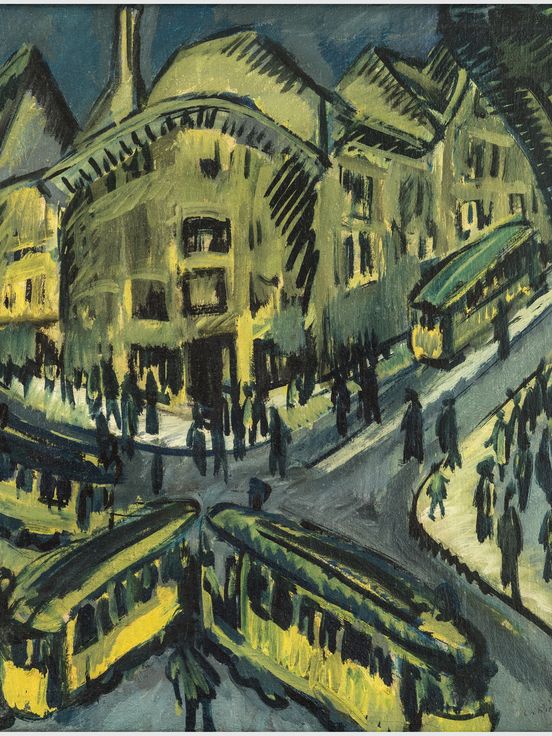Modern art in Berlin
The highlight of the display is a striking portrait of the politician, manufacturer and art collector Walther Rathenau, painted in Berlin in 1907 by the Norwegian Edvard Munch. Munch’s arrival in the German capital in 1892 marked the birth of modernism in Berlin. His show with the Association of Berlin Artists was shut down within days when conservative members protested vehemently against his innovative style. That was the year when progressive artists, among them Max Liebermann and Walter Leistikow, formed the “Association of the XI” to bring the latest trends in German art to an audience in Berlin. Exhibitions by this initial alliance of modern artists were similarly seen as an affront to the conservative tastes that prevailed under Kaiser Wilhelm II. The “Association of the XI” was the nucleus that spawned the “Berlin Secession” in 1898/99. Munch was among those who regularly took part in its exhibitions.

